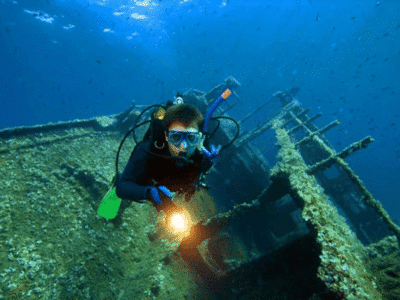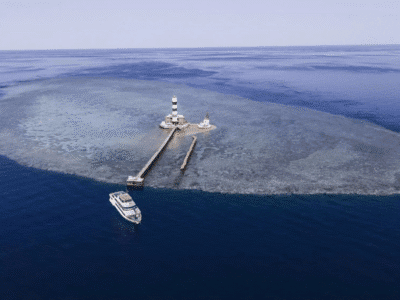
Daedalus Reef (Abu Kizan) – Egypt’s Offshore Red Sea Gem
Daedalus Reef, also known locally as Abu Kizan, is a legendary diving destination situated in the heart of the Egyptian Red Sea. Positioned roughly 90 kilometers east of Marsa Alam, this remote, standalone reef stretches approximately 400 meters in length and 100 meters in width, making it one of the largest and most dramatic offshore features in the region.
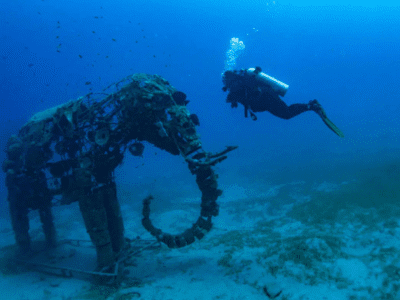
Discover Dahab, Egypt: The Golden Gem of the Sinai
Dahab (Arabic: ذهب, romanized: dahab, meaning "gold"; IPA: [ˈdæhæb]) is a charming coastal town nestled on the southeast of Egypt’s Sinai Peninsula, about 80 kilometers (50 miles) northeast of the popular resort city Sharm el-Sheikh. Set along the glittering Gulf of Aqaba, Dahab is renowned for its laid-back vibes, world-class diving, and the golden hues that inspired its name.
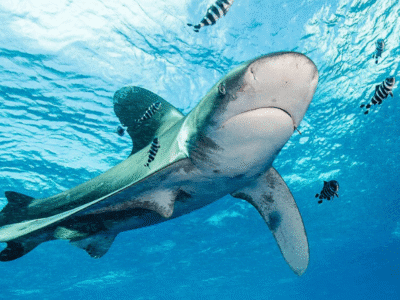
Elphinstone Reef (Sha'ab Abu Hamra) is one of the most iconic and biologically rich reefs in the Egyptian Red Sea, drawing divers and marine biologists from all over the world for its exceptional underwater scenery and abundant marine life.
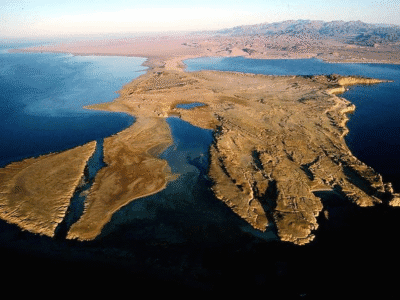
Ras Muhammad National Park (Arabic: رأس محمد) is one of Egypt’s most breathtaking natural treasures, located at the southern tip of the Sinai Peninsula. Just 12 km from Sharm El Sheikh, the park lies between the Gulf of Suez and the Gulf of Aqaba, making it a true meeting point of land and sea. Today, it stands as a world-class destination for diving, snorkeling, and eco-tourism in the Red Sea.
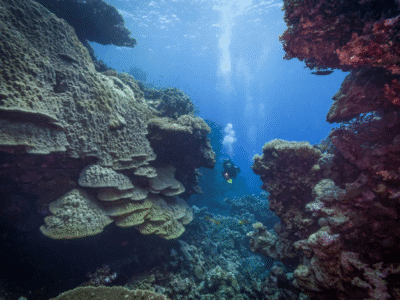
Saint John’s (St. John’s) reef system, located in the southern Red Sea near Marsa Alam, is famed as one of Egypt’s premier dive regions, offering pristine reefs, diverse marine life, and unique underwater formations only accessible via liveaboard excursions.
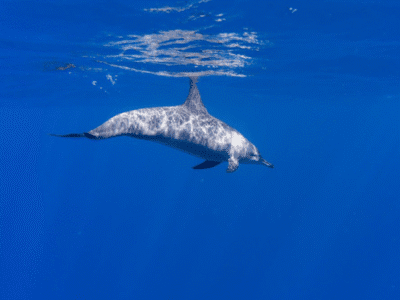
Sataya Reef is located about 12 kilometers off the Hamata shoreline, in Egypt’s southern Red Sea region. The site is accessible only by boat, typically through day trips or liveaboard excursions departing from Marsa Alam or Hamata marina.
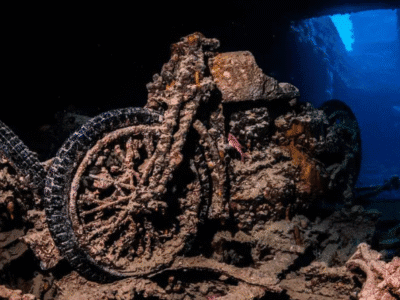
The SS Thistlegorm is more than just a shipwreck – it’s a living museum resting beneath the waves of the Red Sea. Built in 1940 by J.L. Thompson and Sons in Sunderland, England, this 415-foot British merchant vessel was originally designed to support the Allied war effort during World War II. Equipped with a triple-expansion steam engine and reinforced with defensive weapons, the Thistlegorm was prepared for both transport and protection.
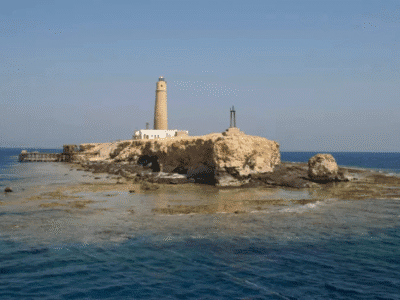
Brothers Islands (El Ikhwa Islands): Egypt’s Legendary Red Sea Dive Destination
El Ikhwa Islands (Arabic: جزر الإخوة, meaning “Islands of Brotherhood”), commonly known as the Brothers Islands, are a pair of small, remote islands located in the heart of Egypt’s Red Sea Governorate. These twin islands—Big Brother and Little Brother—are celebrated across the global diving community for their dramatic underwater scenery, thriving marine life, and advanced diving thrills.
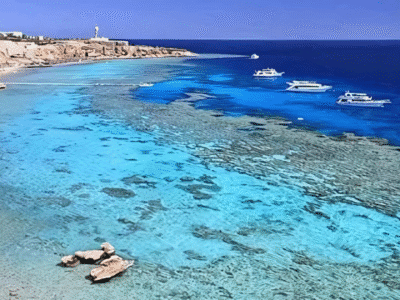
Tiran Island (Arabic: جزيرة تيران Jazīrat Tīrān) is a scenic and historically significant island located at the entrance of the Strait of Tiran, where the Red Sea meets the Gulf of Aqaba. Covering around 80 square kilometers, the island lies between Egypt’s Sinai Peninsula and Saudi Arabia’s northwest coast. Today, Tiran officially belongs to Saudi Arabia, although it was under Egyptian administration until 2017, when sovereignty was formally transferred following a parliamentary agreement in Egypt and approval by President Abdel Fattah el-Sisi.
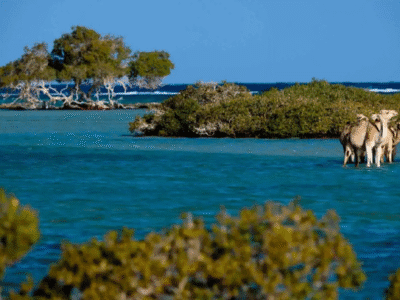
Wadi El Gemal National Park (“Valley of the Camels”) is one of Egypt’s largest and most impressive protected areas, a place where desert meets the sea in unforgettable harmony. Located along the Red Sea coast just south of Marsa Alam, this national park covers an expansive area of 7,450 square kilometers—including 4,770 km² of stunning desert landscapes and 2,100 km² of pristine marine habitats.
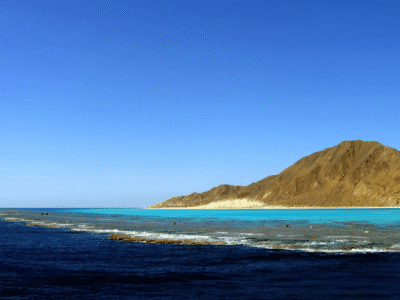
Zabargad Island (جزيرة الزبرجد Geziret El Zabargad), also known as St. John’s Island, is an enchanting destination in Egypt’s southern Red Sea—celebrated for its dramatic geology, rich history, and world-class diving experiences.


